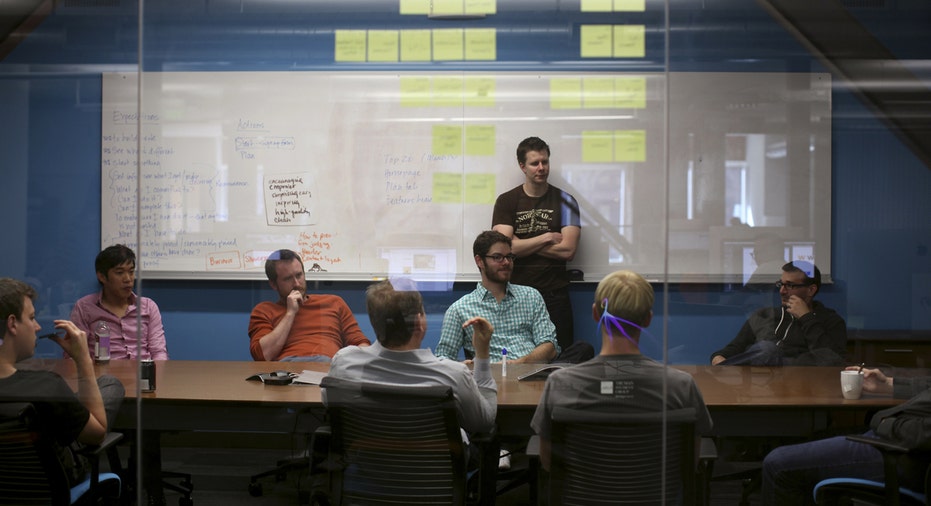Intelligent Disobedience

In a country founded on the principles of freedom and choice it sounds strange to be talking about the dangers of too much obedience in our society. However, contrary to our Wild West heritage, more than 50 years of research has demonstrated we are in fact a very obedient society. Sometimes we can be a little too obedient.
Consider that in the early 1960s Yale professor Stanly Milgram famously found that nearly two-thirds of adults in his experiments complied with orders to inflict harm on other subjects to the point of extreme pain and possible death. As shocking as this may sound decades of research have confirmed these results. In other words most people will comply with authority rather than question it, even if the orders fly in the face of their beliefs about right and wrong. History is replete with examples of the compliance of everyday citizens and soldiers in mass genocides. Even Ponzi schemers and corporate embezzlers have relied on well-intentioned people succumbing to the power of authority.
To understand more about the dangers of inappropriate obedience I spoke with Ira Chaleff, author of the newly released book Intelligent Disobedience: Doing Right When What You’re Told to do is Wrong. The book is a fascinating exploration of the psychology of obedience in our society and the implications for our everyday choices, particularly when it comes to work. The book is centered on one of the fundamental principles of guide dog training referred to as intelligent disobedience.
What is Intelligent Disobedience?
To understand intelligent disobedience we must first understand the nature of obedience in our society. According to Chaleff, our system is designed to instill a sense of obedience rather than a sense of accountability. From the moment we first set foot in school we are taught that teachers must be obeyed and resisting authority has negative consequences. He describes it as a sort of “unintentional metaprogramming” stemming from our long history of educational institutions placing so much emphasis on compliance with rules that we have come to subconsciously accept perceived authority by the time we finish high school. As noted earlier, this sort of reflexive obedience that is unquestioned can have grave consequences, particularly at work.
Consider the junior auditor directed to sign-off on false numbers or the co-pilot whose concerns are overridden by the senior pilot just before takeoff. Remember Enron and Air Florida Flight 90?
Chaleff explains that intelligent disobedience is not about defiance for the sake of it. The intelligent part of the phase means we evaluate the potential for harm to ourselves and others before making the judgement to not comply with the directive of an authority figure. The idea is to take the action that will produce the most good and least harm even if it is at odds with what our boss has directed us to do.
How Can We better Teach it?
The focus really needs to be on changing the social structures that support blind and often inappropriate obedience. From a manager’s perspective Chaleff explains that “we have to appreciate and reinforce instances of intelligent dissent.” As mangers we need to overcome our reflex to negatively react to dissent and learn to pause long enough to ask ourselves what is the danger that our employee is seeing that somehow we are not seeing?
It’s important to let your employees know upfront that if they feel uneasy or confused about a directive, it is their responsibility to bring it to your attention and if that requires ignoring an order, so be it. The idea is to be aligned on the outcome not the action.
In my conversation with Chaleff he described a simple process for checking yourself when you feel uneasy about the direction you have been given by a superior:
Pause: Fight the urge to reflexively obey when faced with a situation that causes you discomfort. Take a moment to step back before jumping right in and taking action. It’s always good to take a quick breath and let the order sink in.
Evaluate: Ask yourself why you feel uneasy. What is the potential harm to myself, my team, my boss, and possibly others if I comply and move forward as directed. In his book Chaleff points out that “based on the information we have and the context in which the order is given, if obeying is likely to produce more harm than good, disobeying is the right move, at least until we have further clarified the situation and the order.”
Question: Before disobeying a directive from your boss it’s good to ask for clarification. However, Chaleff advises that we must be mindful of the answer we get. When you hear a non-answer, deflection, or shaming that is a sign. Be prepared to ask again in a more assertive manner.
Counter-pull: If you don’t get a sufficient answer you must be prepared to intelligently disobey. In guide dog training this is called a counter-pull where the dog is taught to pull their human in a safer direction when given a command that will potentially put them both in danger. At the end of the day intelligent disobedience is not just about protecting yourself, it’s about protecting the team.



















